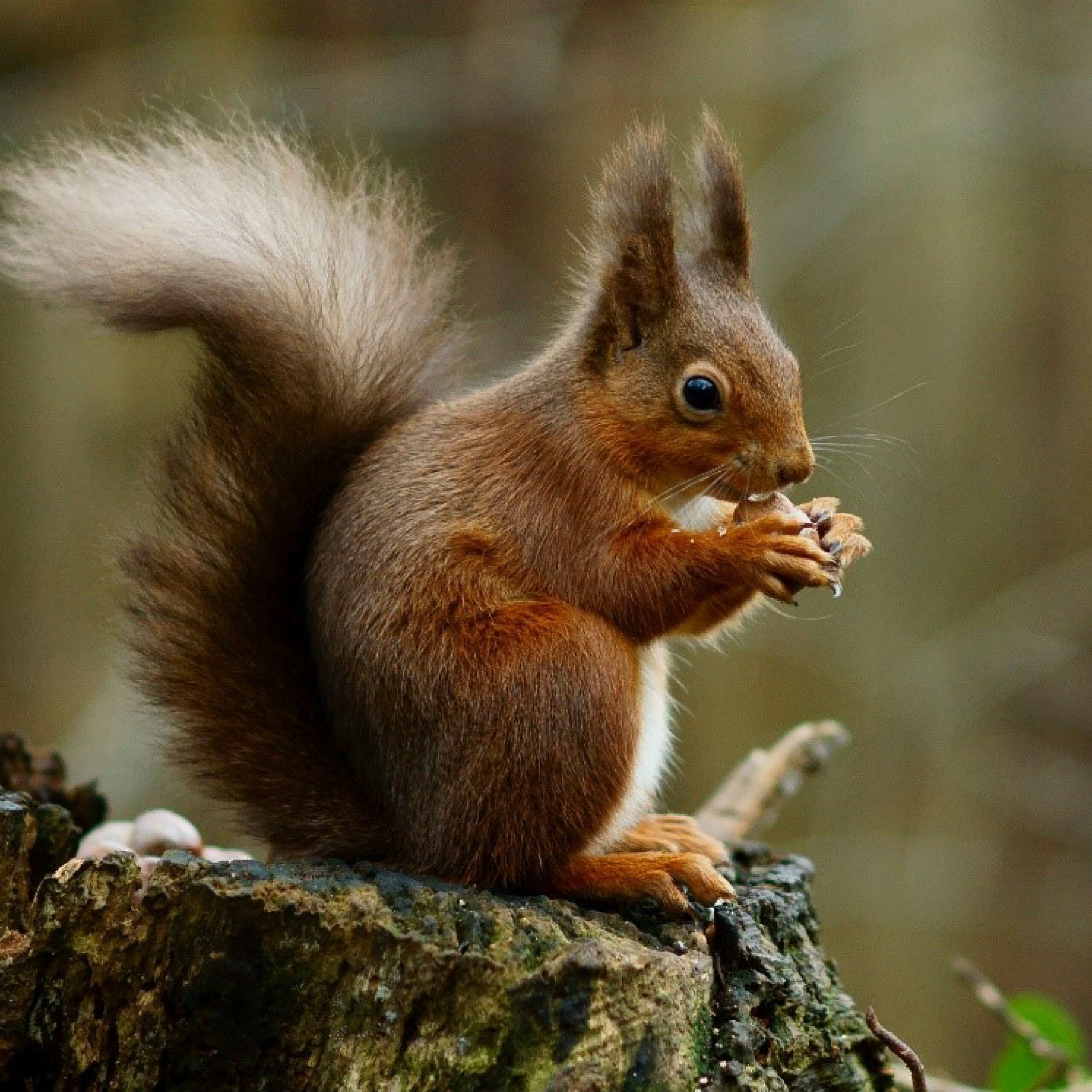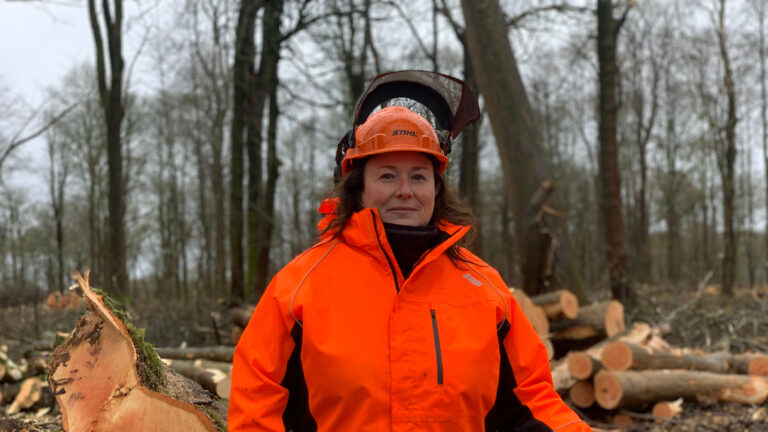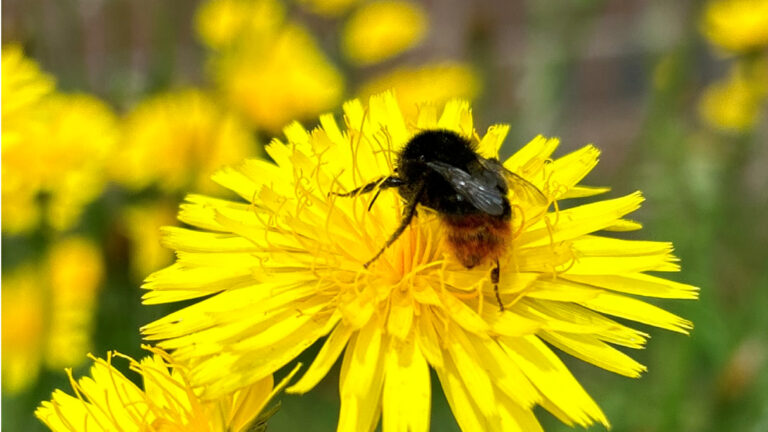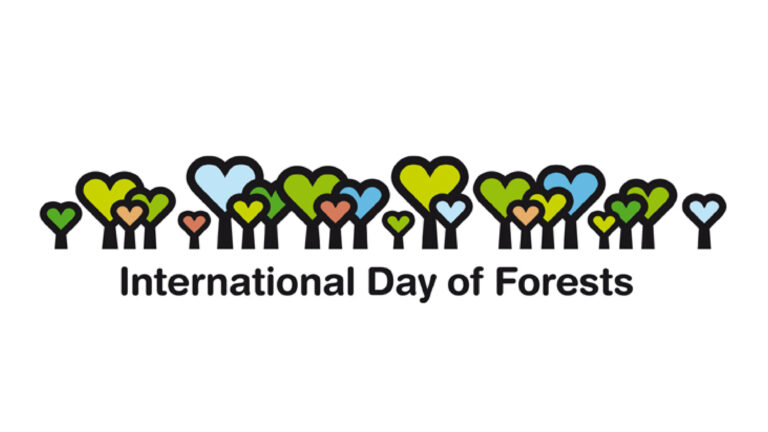Throughout June, we’ve been supporting the Wildlife Trust’s #30dayswild campaign on Twitter to highlight the diverse range of species that can be found across the Defence Training Estate. As a campaign finale, the Conservation Officer at Ulster Wildlife, who helps to look after the training estate in Northern Ireland, has written this fantastic blog for us to highlight the wonderful wildlife that has made its home at Ballykinler and Magilligan.
“Military ranges are well known across the UK for the dazzling variety of wildlife they support, and Ballykinler and Magilligan Training Centres are no exception. Part of the reason for their exceptional richness is the fact that they are relatively undisturbed by people and especially dogs, but also because the type of land management that makes for good training is also good for wildlife. Management is very traditional, through low intensity grazing by native livestock breeds which encourages a diverse range of plants to thrive.
“There is a lot going on conservation-wise across the two training centres. In the last few years we have completed a number of projects working with Landmarc, our commercial partner and a number of other organisations.
Protecting red squirrels
“At Ballykinler we have a red squirrel breeding programme running in partnership with Belfast Zoo.
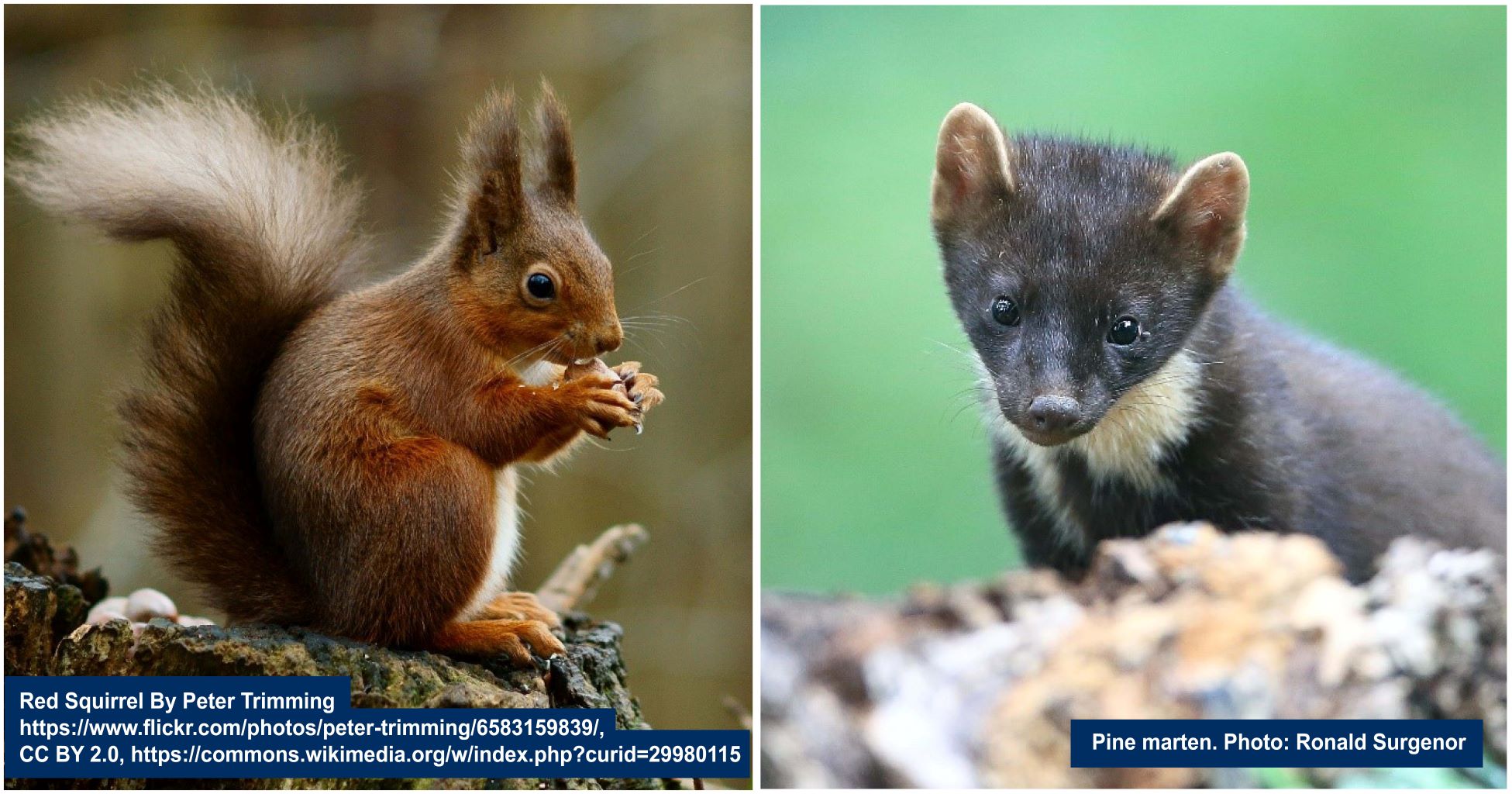
“Red squirrels are becoming increasingly scarce in Ireland because of the non-native grey squirrel. We are breeding squirrels for release elsewhere in Northern Ireland as part of a wider initiative to protect reds in some of their few remaining strongholds.
“Our red squirrels are protected because there are comparatively few greys in the vicinity but also because we have a number of Pine Marten. Pine Marten are a large member of the Stoat (Mustelid) family, and whilst reds have a natural fear of these predators, greys do not which makes them much more vulnerable to predation which indirectly protects our native reds.
“In order to encourage more Pine Marten into Ballykinler we worked with the Camphill Community, a local charity that provides meaningful community living for people with a range of disabilities. The residents of the Camphill Community at Mourne Grange made a wide range of habitat boxes for us including Pine Marten boxes. They will be installed in suitable locations around the training area.
Supporting our native pollinators
“Our commanding Officer, Major Canniford (Tony) has a strong interest in wildlife and has been very supportive of biodiversity initiatives. A few years ago no-one thought that genetically pure populations of the native Irish Black honeybee still survived in Ireland after work showed that interbreeding with commercial bees has affected wild populations across Europe. However, recent work in Ireland has shown that pure strains of Black honeybee are still present here, possibly its last refuge in Europe. The All-Ireland Pollinator plan encourages landowners to take action to support our native pollinators including the black Irish bee, and Tony has established new hives at Ballykinler in order to help safeguard the future of this species.
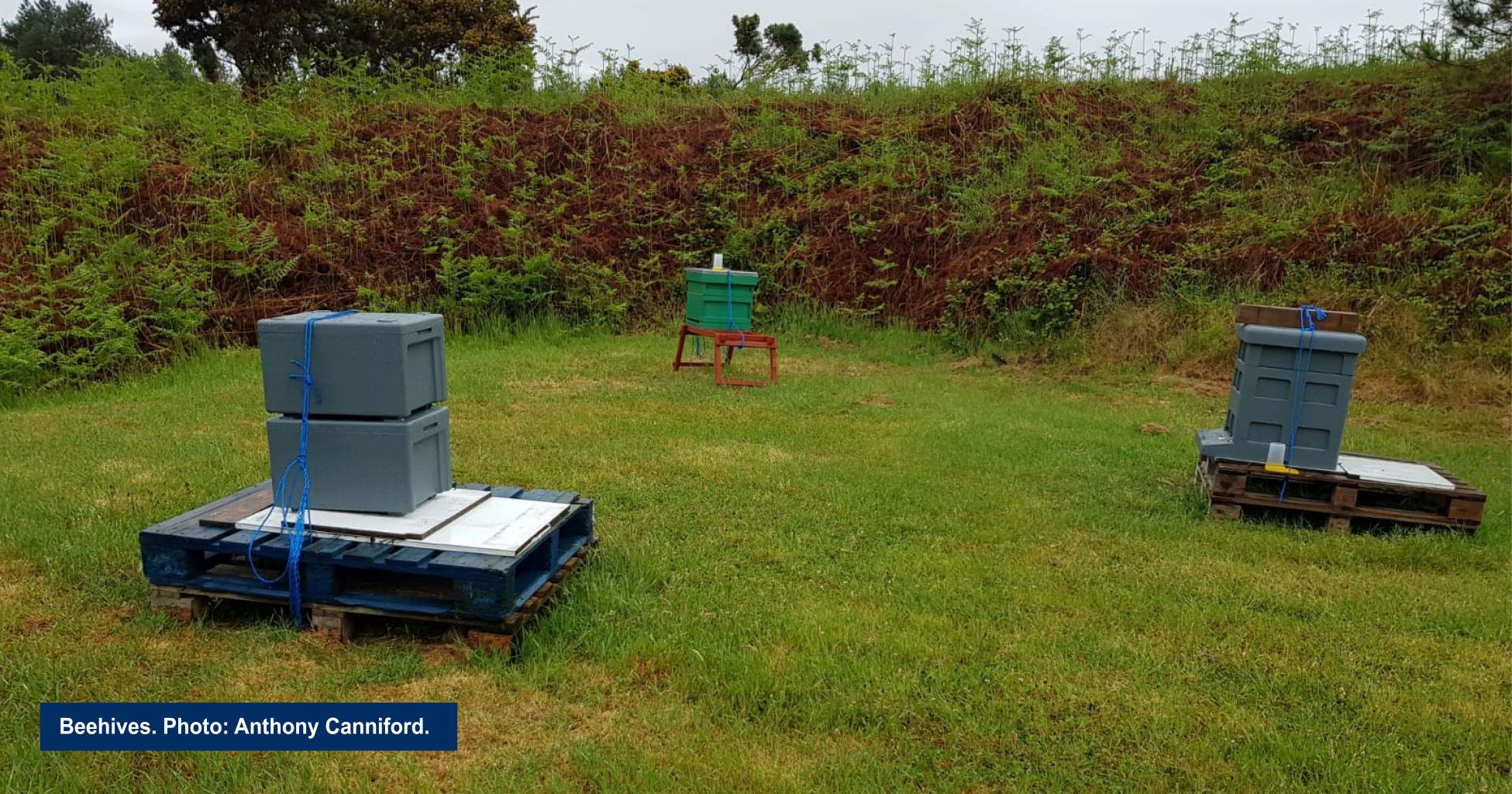
“We are helping threatened pollinators in other ways. Ballykinler Training Centre sits right in the middle of one of the B-lines established by the invertebrate charity Buglife. B-lines are areas identified as especially important in allowing movement of invertebrates through the landscape. Because the training centre is on well-drained sand dunes and the (slightly!) warmer east coast of Ireland it is great for all manner of heat-loving insects.
“In order to improve the habitat for pollinators, and to create an area of increasingly rare grassland habitat we sowed wildflower seeds into disused sports pitches to make about 5 hectares of traditionally managed hay meadow. These were sown in the last couple of years and initial results seem promising. We have seen an explosion in the amount of a plant called Yellow Rattle. It is sometimes called the meadow-maker plant because it parasitizes coarse grasses and reduces their vigour which allows smaller plants to thrive, and this has allowed other plants to appear including Black Medick, Viper’s Bugloss Tufted Vetch and Restharrow, some of which are shown below.
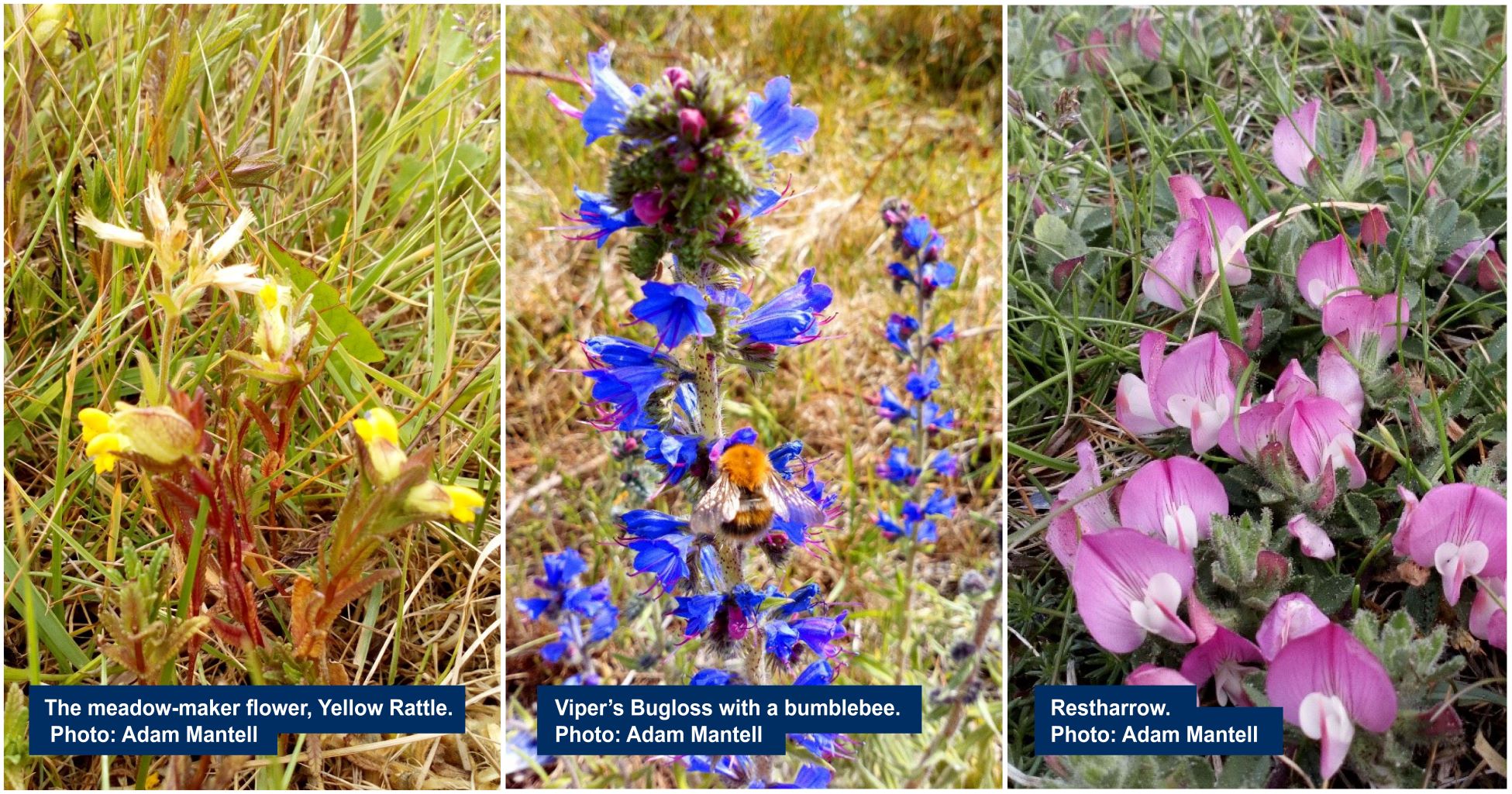
“The meadows were sown using locally sourced seed using a specially equipped tractor.
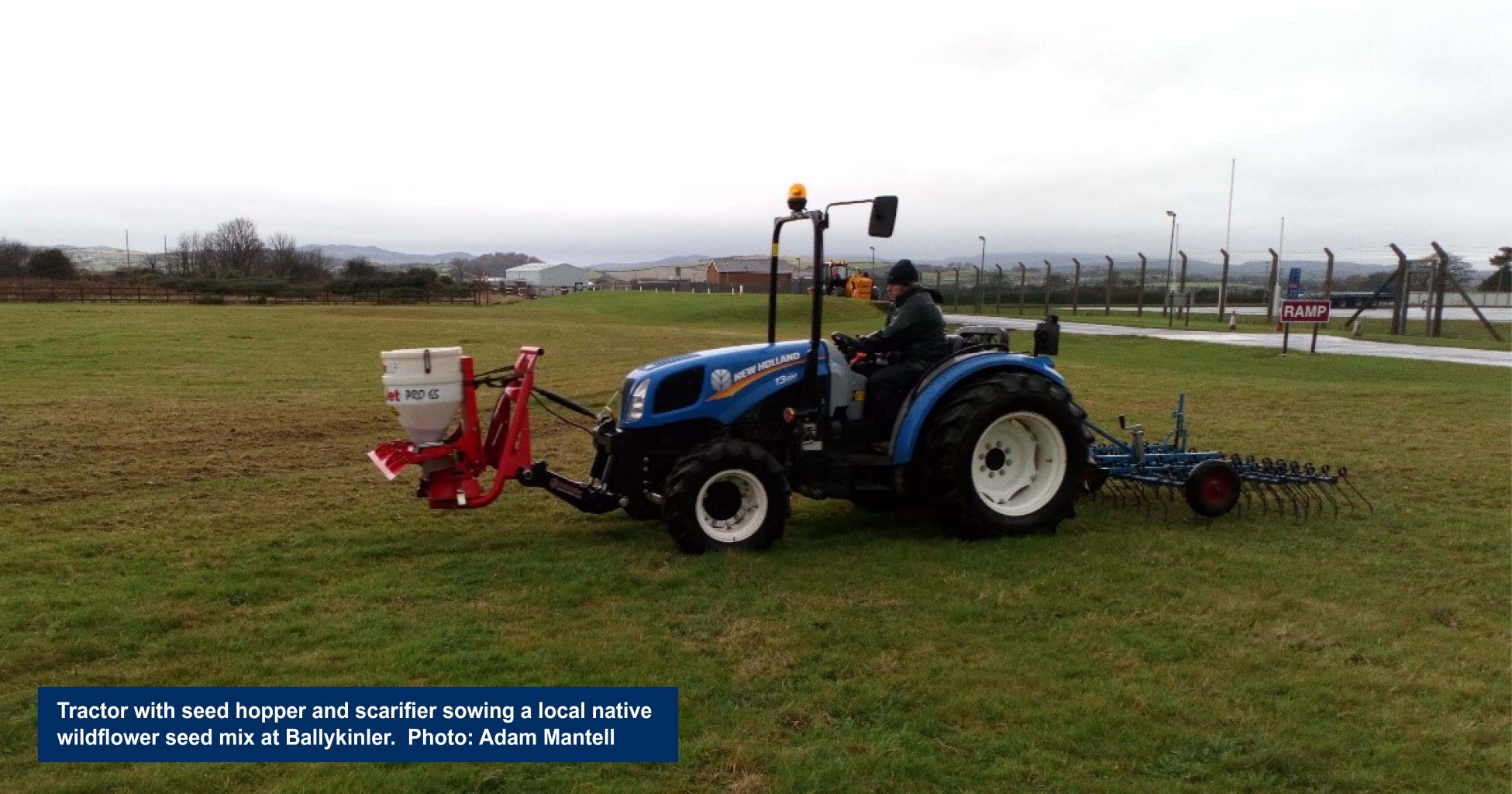
Grazing infrastructure and scrub control
“As our industry partner, Landmarc is a vital part of the chain in most of these activities in managing the procurement process and securing the right contractors to complete the works. Here are a few other examples of projects we have successfully delivered in partnership with Landmarc.
“This device is called a pasture pump and the pipe is connected to a barrel sunk into the ground below the water table. It provides a reliable supply of water for livestock in places where we cannot easily get a piped mains supply. This pump is helping to draw livestock into the areas of rough grass in the foredunes where we need additional grazing.
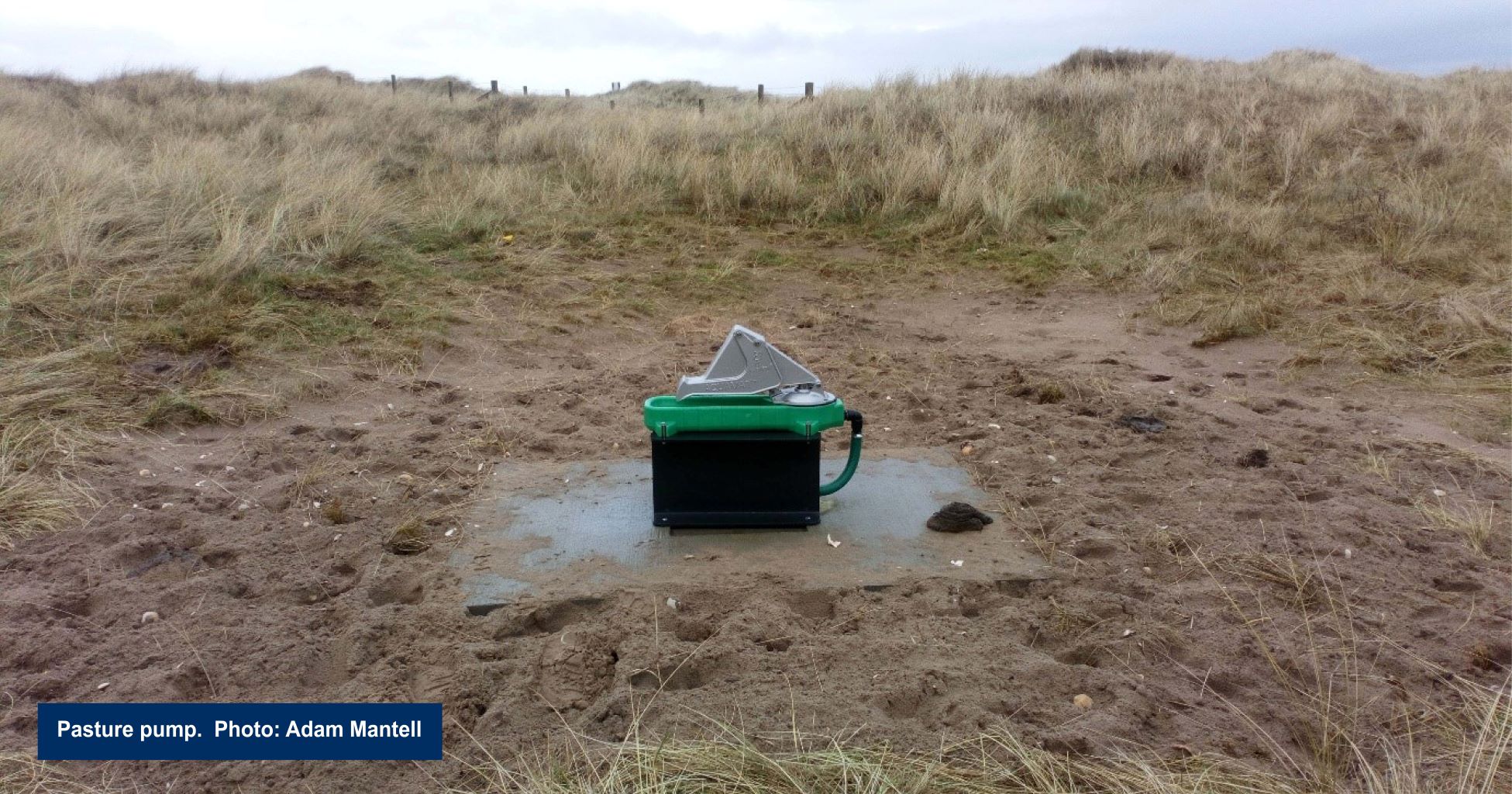
“Some of the most important conservation activities that Landmarc organise contractors for are grazing infrastructure and scrub control. The two photos below show an area that has been mechanically cleared of scrub, and a section of new fencing which will enable us to graze this area for the first time. Cut scrub is chemically controlled for three years following the initial cutting to ensure the area stays clear. There are multiple benefits from this work. Not only does it help the site achieve its conservation objectives, it also keeps the area open for training purposes.
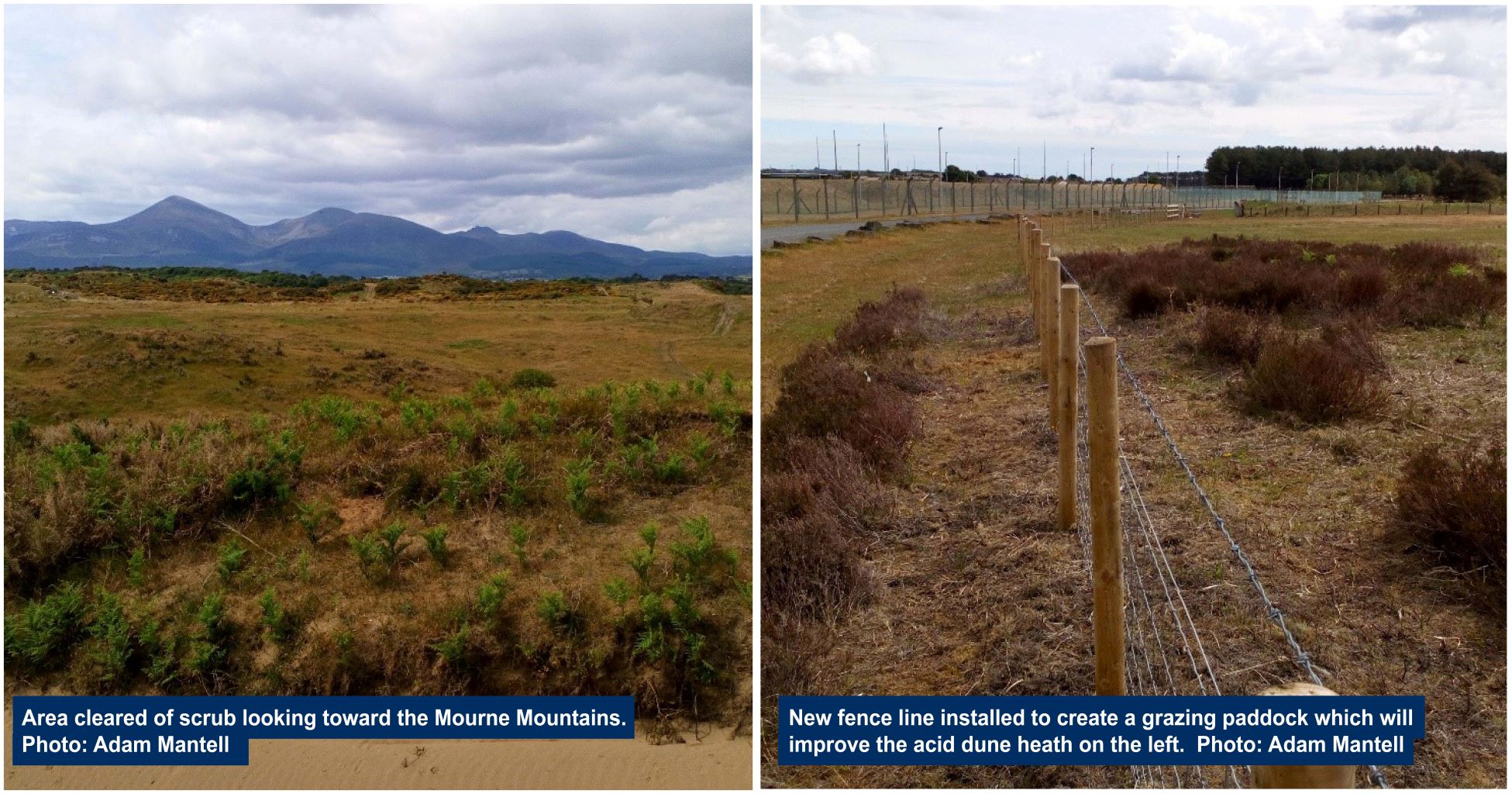
To find out more about the different types of species that can be found at other Defence Training Estate locations, take a look at our twitter page at @LandmarcNEWS.

